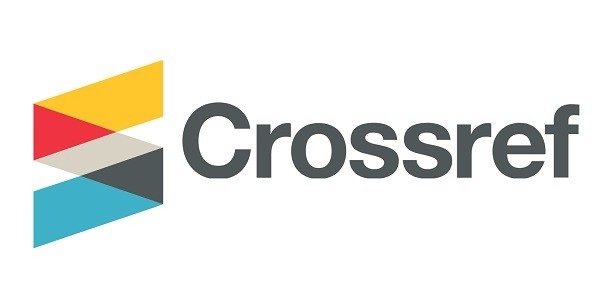BIOETHANOL POTENTIAL FROM WHOLE PARTS OF CASSAVA PLANT IN INDONESIA
DOI:
https://doi.org/10.24961/j.tek.ind.pert.2021.31.1.20Abstract
Cassava is a promising bioethanol feedstock as all parts of cassava plant including its tuber, stem, leaves, along with processing waste such as peel and bagasse can be used in bioethanol production. However, bioethanol potential from the whole parts of cassava plant is not yet summarized. This research reviewed and calculated the average bioethanol yield from each part of the cassava plant, and calculated bioethanol potential from the whole parts of cassava plant, especially in Indonesia. Fresh cassava tuber, fresh stem, fresh leaves, fresh peel, and dry bagasse are found to have average bioethanol yield of 180 L/ton, 155 L/ton, 75 L/ton, 160 L/ton, and 390 L/ton, respectively. If the whole cassava plant along with its processing waste is utilized for bioethanol production, cassava plants that produce a ton of fresh cassava tuber can yield 400 L bioethanol. With a scenario of total area harvested 700,000 ha and cassava productivity of 22.5 tonnes/ha/year, bioethanol potential from whole cassava plant and its processing waste in Indonesia is 6.3 billion L/year. However, using all the cassava plant for bioethanol production is impractical, considering other utilization of cassava. The bioethanol potential from whole parts of cassava plant after considering other use of plant becomes 2.9 billion L/year. Even when the cassava tuber is used for other utilization, bioethanol from unused cassava stem, leaves, peel, and bagasse is still significant and worth considering.
Keywords: bioethanol, cassava plant, waste


_page-00013.jpg)






_(1).png)
